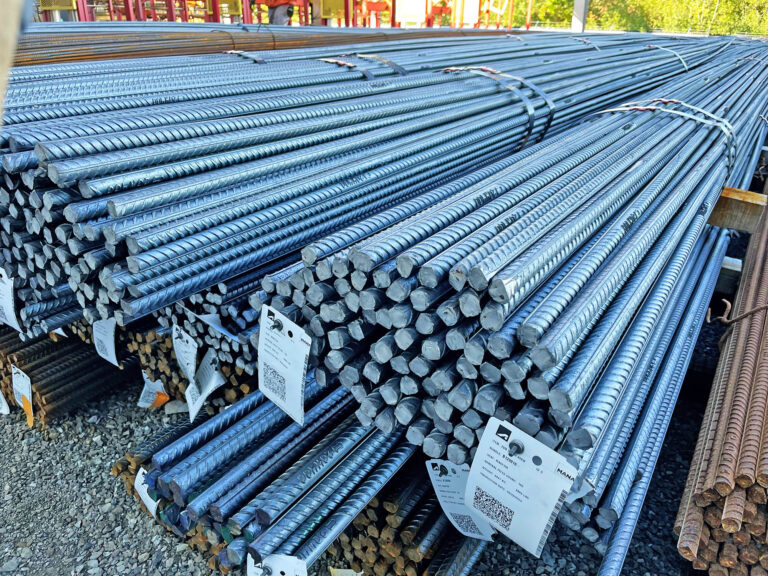A practical guide for homeowners, contractors, engineers, and anyone searching for the real value of rebar in concrete construction.

Rebar (short for reinforcing bar) is a steel rod used to strengthen concrete. While concrete is extremely strong in compression, it is weak in tension. Rebar solves this problem by absorbing tension, preventing cracks, and improving the durability of structures such as foundations, slabs, footings, beams, and walls.
Enhances the tensile strength of concrete
Prevents cracks and structural failure
Increases the lifespan of buildings, roads, and foundations
Maintains structural stability under heavy loads and weather conditions
Required by most building codes and structural engineers
| Type of Rebar | Description | Best For |
|---|---|---|
| Deformed Rebar | Ribbed surface for better grip in concrete | Residential and commercial construction |
| Mild Steel (Plain Rebar) | Smooth surface, easy to bend | Light-duty concrete repairs |
| Epoxy-Coated Rebar | Rust-resistant green-coated steel | Parking garages, bridges, moisture-prone areas |
| Stainless Steel Rebar | High corrosion resistance | Marine construction and long-lasting projects |
| GFRP / Fiberglass Rebar | Lightweight, non-corrosive | Water treatment plants, chemical facilities |
| Welded Wire Mesh (WWM) | Prefabricated steel grid | Concrete slabs, sidewalks, driveways |
| Metric Size (Canada) | Diameter (mm) | Typical Use |
|---|---|---|
| 10M | 11.3 mm | Slabs, steps, driveways |
| 15M | 16 mm | Foundation walls, footings |
| 20M | 19.5 mm | Beams, columns, load-bearing walls |
| 25M | 25.2 mm | Commercial structures |
| 30M–45M | 30+ mm | Heavy industrial and infrastructure |
House foundations and basement slabs
Footings and retaining walls
Driveways, patios, and garage floors
High-rise buildings and bridges
Columns, beams, and load-bearing walls
Tunnels, roadways, and parking structures
1. Follow engineering drawings or building codes
Engineers specify bar size, spacing, grade, and layout to meet structural requirements.
2. Select the right size and spacing
Smaller residential projects may use 10M or 15M bars, while large structures require 20M, 25M, or larger.
3. Check the grade of steel
Grade 400W (40 ksi) is commonly used for residential work
Grade 500W is preferred for high-strength applications.
4. Consider the environment
Use epoxy-coated or stainless steel rebar in areas exposed to moisture, salt, or chemicals to prevent corrosion.